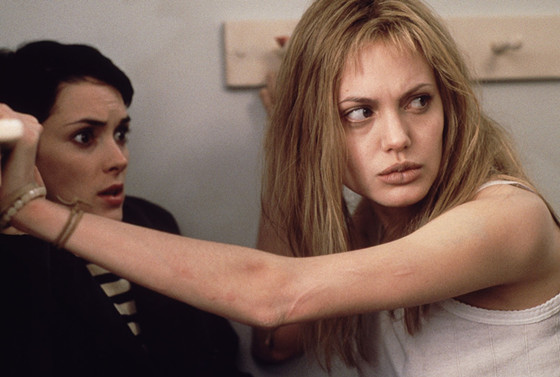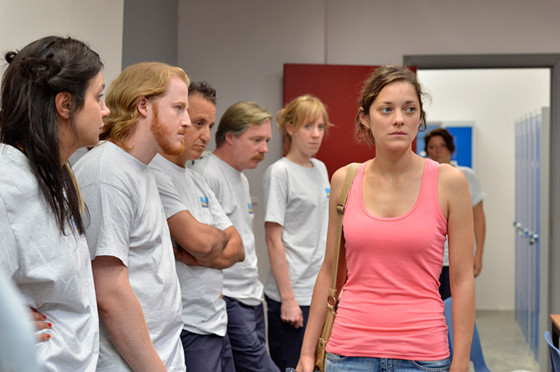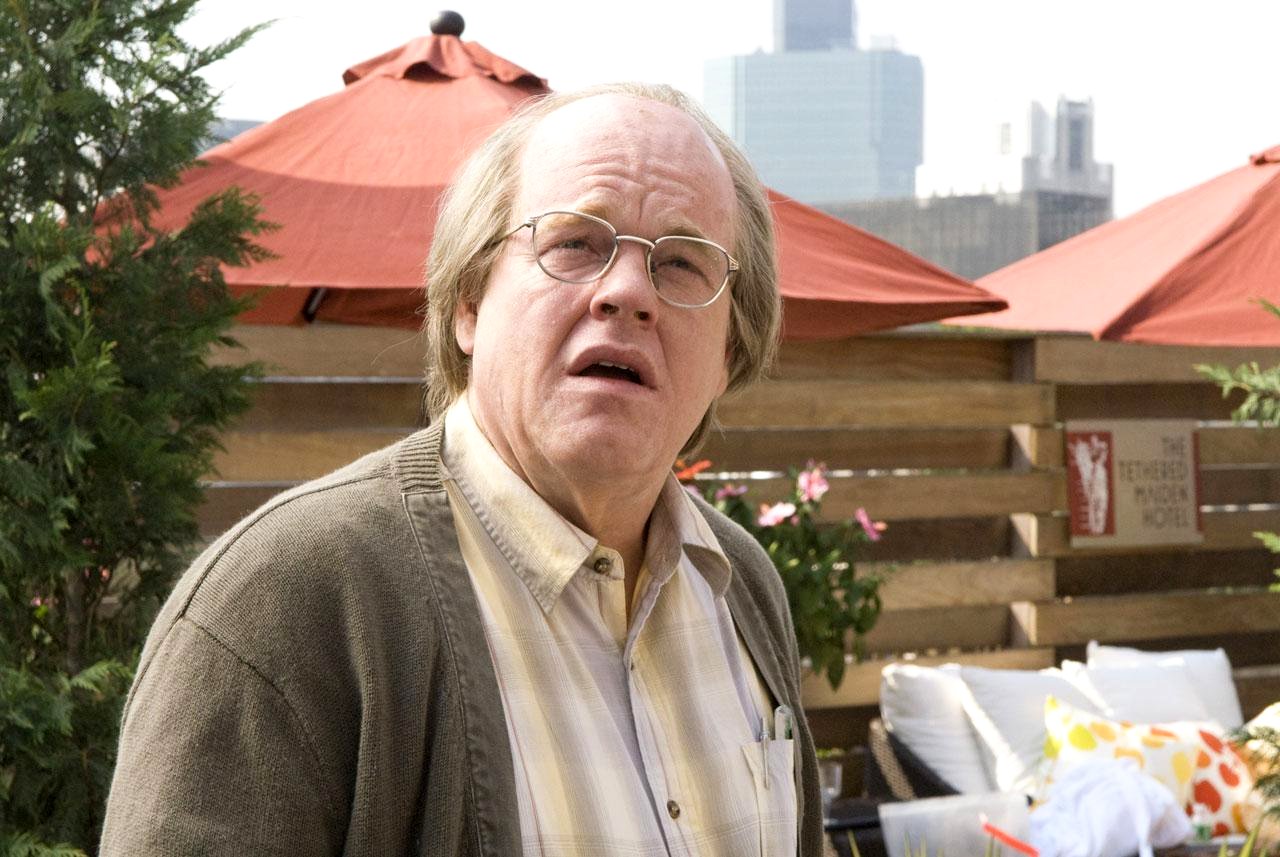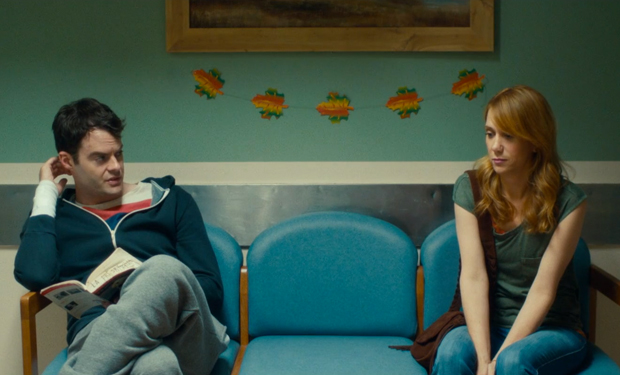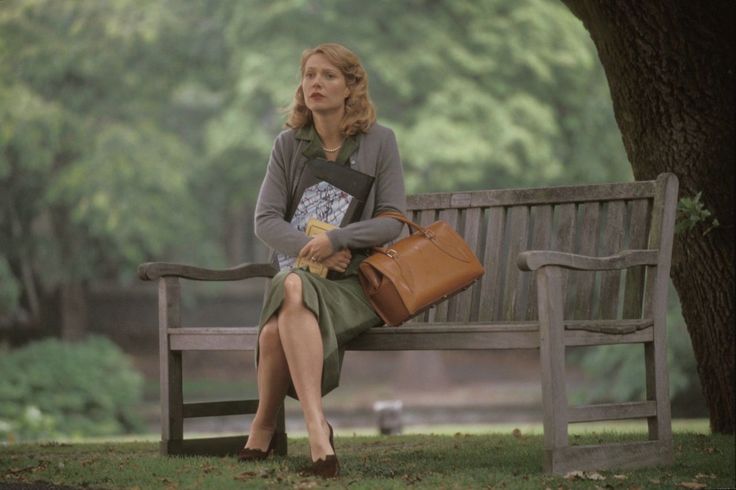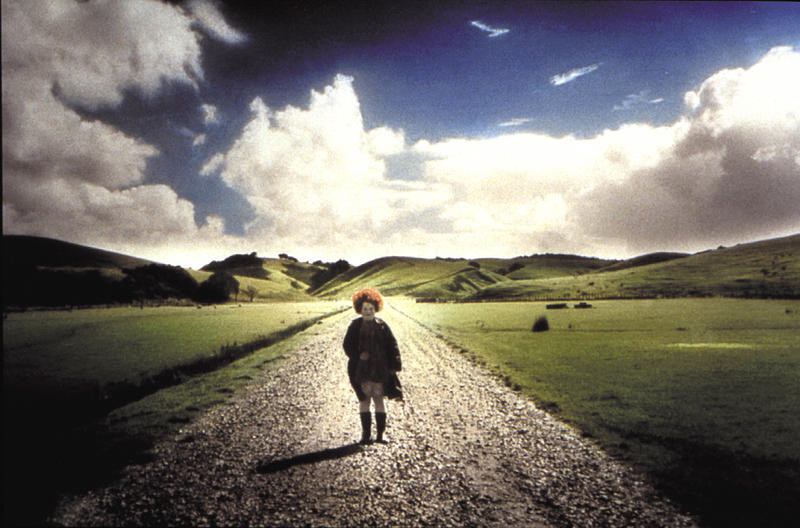16. Girl, Interrupted (1999)
In 1967, after the 18-year-old unmotivated Susanna Kaysen (Winona Ryder) downs a bottle of Aspirin with vodka and is sent to a psychiatric hospital even though she insists that she was not trying to kill herself, she is stuck with nurses, psychiatrists and mentally ill girls.
She befriends her roommate and pathological liar Georgina (Clea DuVall), the sexually abused and bulimic Daisy (Brittany Murphy), the anorexic ballerina Janet (Angela Bettis), the childlike, self-inflicted burn victim Polly (Elisabeth Moss), the mentally challenged lesbian Cynthia (Jillian Armenante) and especially the sociopathic and manic Lisa Rowe (Angelina Jolie in her Oscar and Golden Globe winning role), who manipulates and insults everyone around her.
The film’s exposition of Susanna’s character is told through smooth transitions into flashbacks that reveal her morbidity through conversations with her ex-boyfriend Toby (Jared Leto) about suicide and the pointlessness of life. After Susanna is diagnosed with Borderline personality disorder, she becomes increasingly annoyed with this label and follows Lisa’s destructive behavior.
17. It’s A Kind Of A Funny Story (2010)
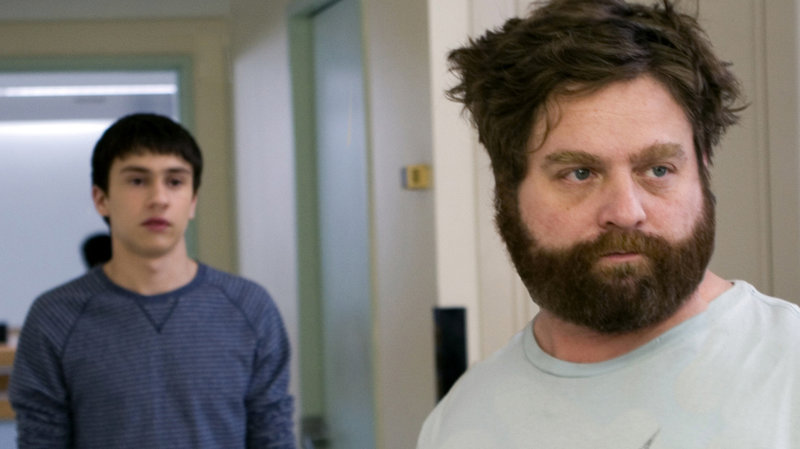
Anna Boden’s and Ryan Fleck’s dark comedy centres on the suicidal 16-year-old Craig Gilner (Keir Gilchrist) who after nearly jumping off the Brooklyn Bridge, seeks help from a hospital and winds up staying in the adult psychiatric ward (since the adolescent section is closed) for a week.
This film doesn’t try to hide behind repressed traumatic pasts and feels no need to dramatize and rationalize Craig’s depression. He was never abused, never bullied, and his parents (Lauren Graham, Jim Gaffigan) generally try their best to help him.
He is just overstressed and under a lot of pressure at his high school. He faces one obstacle after another and feels that if he fails, even slightly, at some point, that it would create a domino effect that would inevitably destroy his future in politics and make him even more depressed.
Craig’s situation is commonplace and that’s probably why he is such a realistic and empathic character. His friend seems to never care but always does better than him, both with girls and tests. His father pressures him just a bit too much and makes him worry constantly about failure. His shortcomings become him and he feels the weight of not only just failing, but failing to be brilliant.
Throughout his stay he befriends most of the other patients, but specifically Bobby (Zach Galifianakas) who claims to be there only for a sort of holiday and Noelle (Emma Roberts), another adolescent who is in for self-harm.
18. Cake (2014)
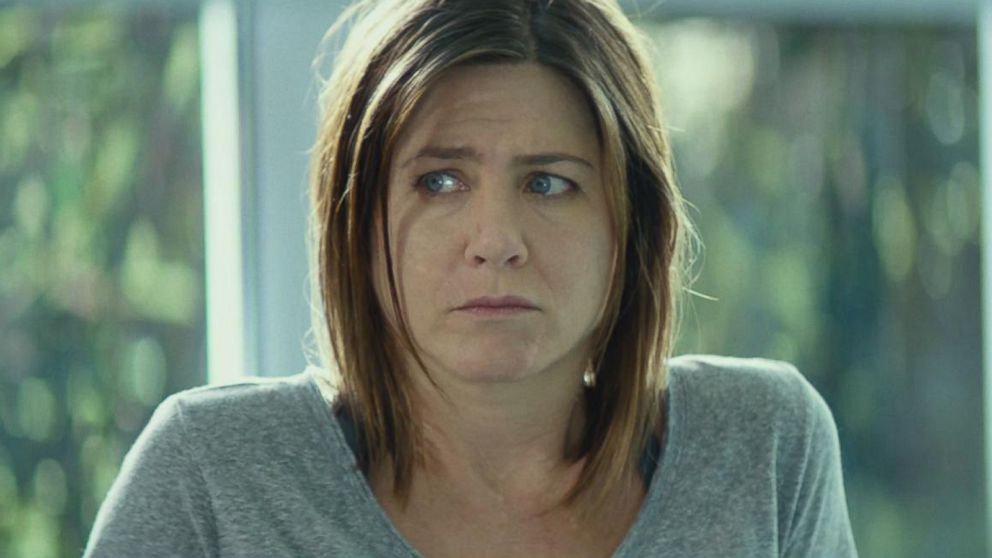
Another “Friends” star turned dramatic depressive; Jennifer Aniston plays the chronically pain-ridden Claire whose life deteriorated both emotionally and physically after a car accident. She is alone except for her loyal and sympathetic maid Silvana (Adriana Barraza) and visions of Nina – a girl from her chronic pain support group who killed herself. (Anna Kendrick).
Claire becomes curious about Nina and meets her husband (Sam Worthington) and their young son. Her life is slowly exposed as it is revealed that Claire also had a son, who died in the car crash which damaged her back. The grief caused her and her husband to divorce. Becoming more dependent on pain medication and frustrated with physical therapy and group counselling, Aniston portrays an exasperated and tired woman who sees no real purpose except to complain about her pain and ignore the circumstances that led to it.
Daniel Barnz delays exposition in preference for instant realism. Her past life is hardly discussed; the film focuses on the present Claire and her search for distractions and relief. Nina’s life contrasts with Claire’s since Nina chose to lose her husband and son while Claire loses them by circumstance.
19. Two Days, One Night (2014)
After suffering from a nervous breakdown and taking some time off her factory work to recuperate, Sandra (Marion Cotillard) returns back to work to discover that since she’s been gone, her other co-workers have been able to get along just fine without her input just by working slightly longer hours.
The management therefore suggests a vote amongst the staff between a €1000 bonus and letting Sandra keep her job. The vote is in favor of the bonus, but since there were some false rumors regarding the circumstances of the decision, qqSandra and her friend manage to delay the next vote to the following Monday.This leaves her with the weekend to try change her co-workers opinions so she can keep her job.
Already depressed, the high probability of being made redundant and losing her secure source of income pushes her over the edge again as she begins to abuse her Xanax, lose her voice in crucial moments when she needs to defend herself, and cry constantly. Despite her loyal friend and husband and kids, she loses her sense of control and belonging.
20. Synecdoche, New York (2008)
Oscar-winning screenwriter Charlie Kaufman’s (Eternal Sunshine Of The Spotless Mind, Being John Malkovich, Adaptation) directorial debut is as meta, strange and ridiculous as his previous films, but supersedes them in terms of grandiosity.
Theatre Director Caden Cotard (Philip Seymour Hoffman) finds himself suffering from many vague and strange chronic conditions that convince him that he is dying. This together with an unexpected large amount of financial resources from the MacArthur Fellowship brings him to attempt to create a play that focuses on daily problems and raw tragedy through a realistic perspective.
He instructs his large ensemble cast to live out their lives, in accordance to his post-it notes, in an enormous warehouse. The warehouse becomes more complex as the play mirrors Caden’s real life as he starts casting actors to play himself, his box office girl/love interest/assistant Hazel (Samantha Morton) and eventually hires actors to play the actors who play real people like him.
Together with his never-ending artistic piece that he never feels is good or honest enough, his life continues to unravel when his wife (Catherine Keener) leaves to Berlin with her best friend (Jennifer Jason Leigh) and his four-year-old daughter, Olive. Despite his attempts at finding her, trying to find love or explaining himself through his work, his life remains incredibly depressing.
The surrealist film offers no hope or any kind of resolution for the depressed and miserable Caden like most films do. It is highlighted by an ensemble cast that also includes Michelle Williams, Dianne Wiest, Emily Watson, Hope Davis and Tom Noonan.
21. The Skeleton Twins (2014)
Opening with two twins in separate locations, both about to kill themselves without knowing the other is doing the same thing, the “Saturday Night Live” actors immediately set the darkly comedic tone for the rest of the film.
Milo (Bill Hader) writes a suicide note (To Whom It May Concern: see ya later *smiley face*) and cuts his wrists in his bathtub with loud cheery pop music contrasting the blood flowing in the water. His music’s high volume disturbed his neighbors, who found him before he bled out. The hospital calls his next of kin – his sister Maggie (Kristen Wiig), who he has not spoken to in ten years – just before she swallowed a handful of .
She visits him and suggests he lives with her and her husband (Luke Wilson) for a while. He reluctantly agrees. The film explores their past and the reasons why they both turned out to be suicidal. Both reveal how deceptive their supposed happy lives are and ironically make each other feel much worse before they feel better.
22. Sylvia (2003)
This biopic recounts poets Sylvia Plath’s and Ted Hughes’ problematic relationship and the events that led up to Plath’s infamous suicide in 1963. By the time Plath met Hughes at Cambridge in 1956, she was already experiencing extreme bouts of depression and had already tried to kill herself.
While in the film Sylvia (Gwyneth Paltrow) confesses her past mental instability to Ted (Daniel Craig), in real life she hid her depression from him. There are multiple warning signs and triggers presented throughout that foreshadow her suicide, as well as Plath’s mother’s (Blythe Danner – Paltrow’s actual mother) advice to Ted from about her fragility. His multiple affairs, her rightful feelings of betrayal, and always feeling outshined by her husband culminate in hopelessness.
While in most films the protagonist’s suicide is often a climatic shock, here everyone knows the ending. The film instead attempts to fill in the middle.
23. An Angel At My Table (1990)
Jane Campion’s (The Piano) New Zealand-Australian-British biopic is divided into three sections (similar to 3 episodes in a television miniseries since it was originally produced as such) based on Janet Frame’s three autobiographies detailing the different eras within her life. Each section has a different actress to play Janet as she ages from childhood to adolescence to adulthood (Kerry Fox).
While the first part deals with growing up in a poor but strict family and her school life, the second shows that her past experiences have built up to severe anxiety and depression. After failing to become a teacher as her family wanted, she changes direction and tries writing – her true passion. However, her words leave her bare and when she naively exposes her past suicide attempt to her teacher – she gets sent to a mental institution.
Although Jane was diagnosed with schizophrenia, many later believed that she was initially misdiagnosed due to her lack of hallucinations or delusions, and probably was severely depressed instead. She was treated with electroconvulsive therapy and insulin, as well as a scheduled lobotomy.
